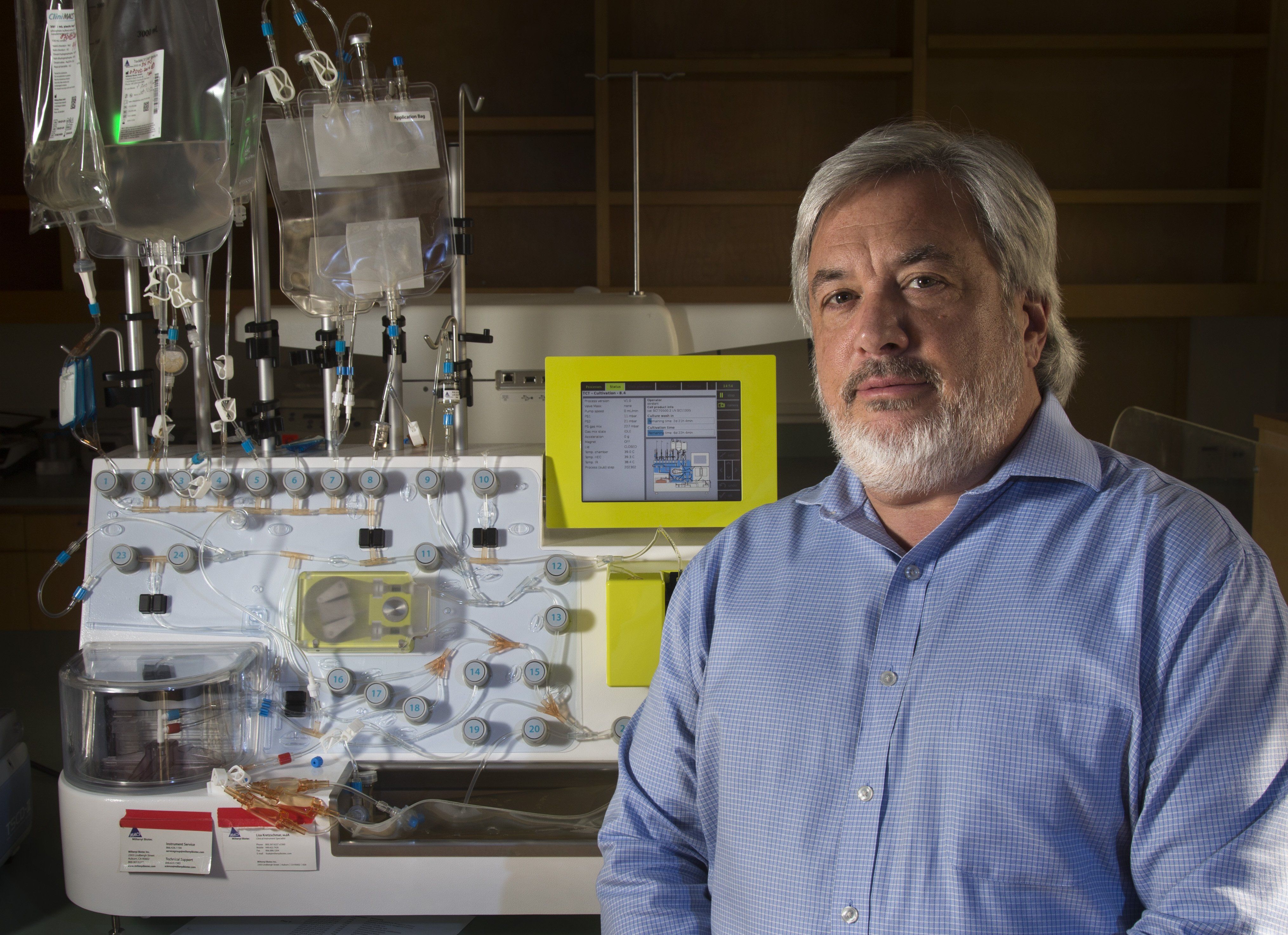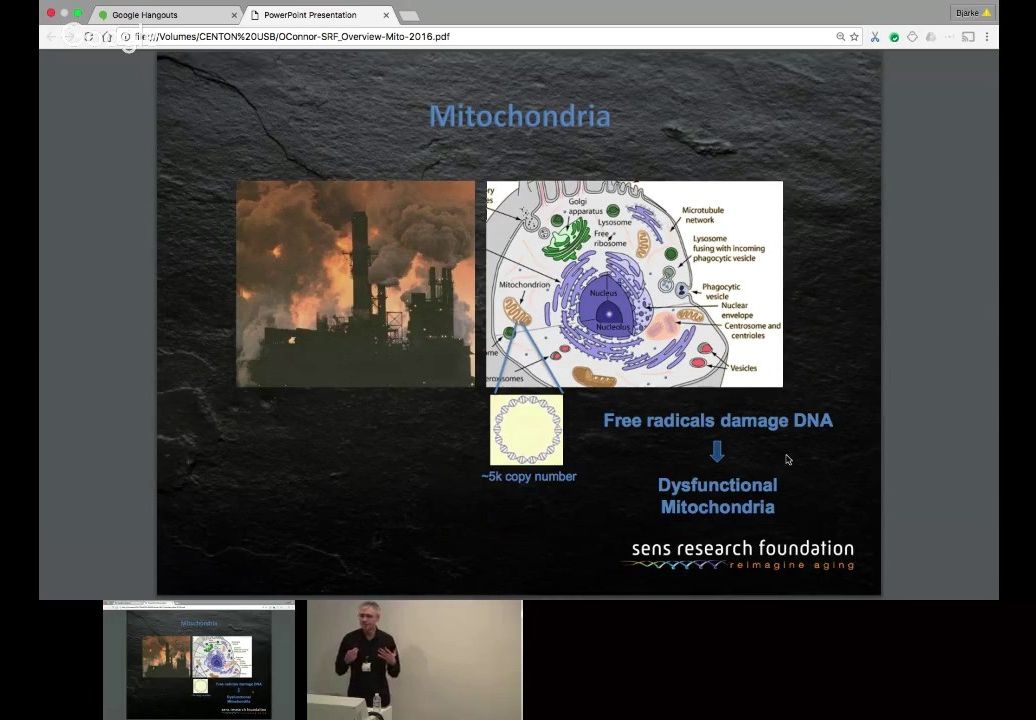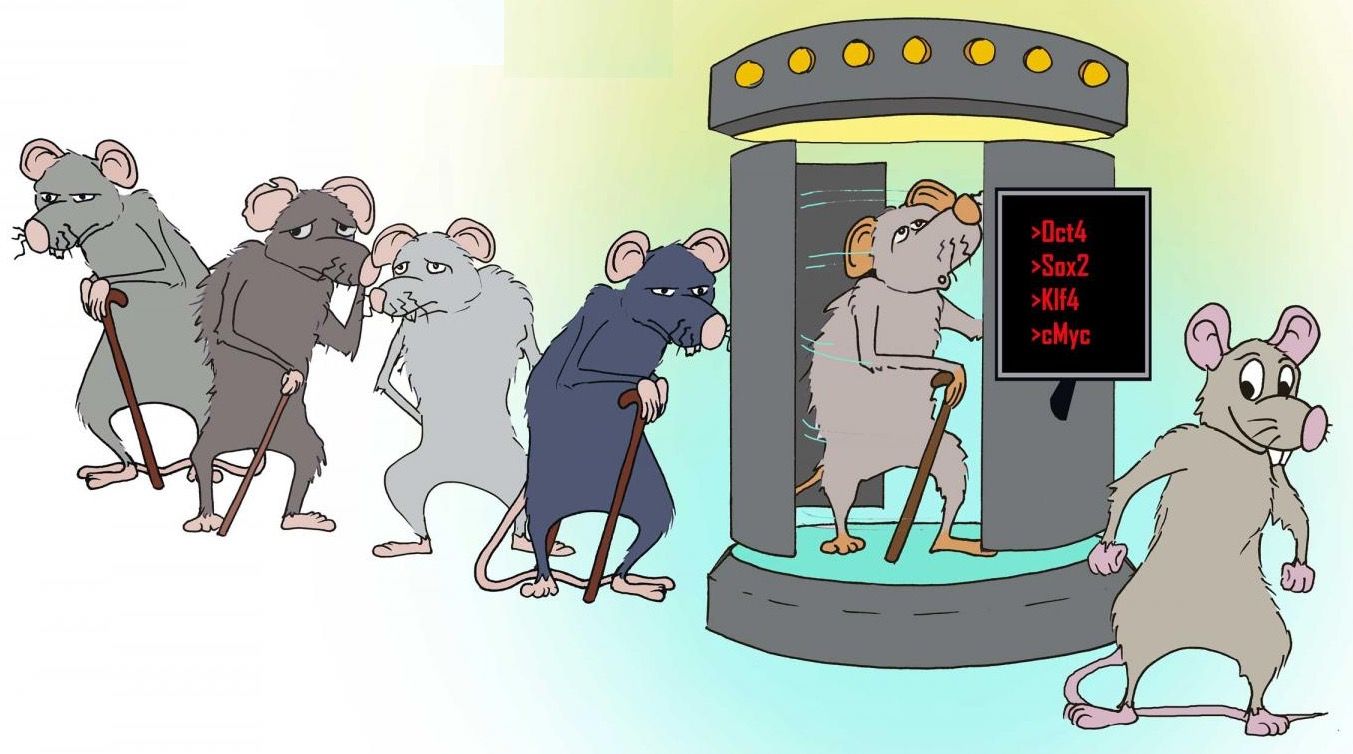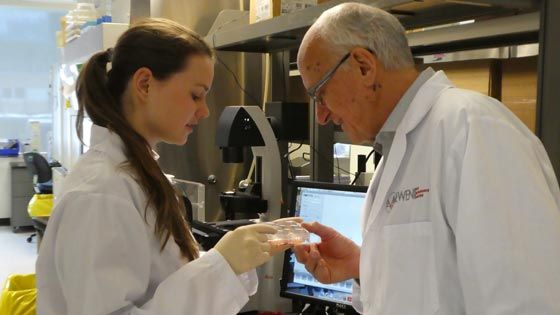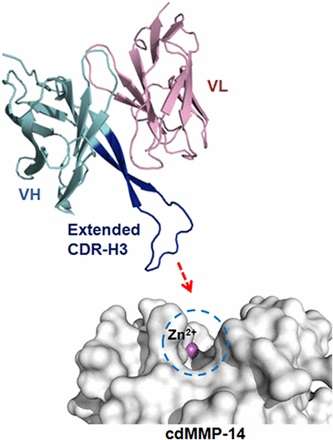Stanford University’s amazing new regenerative medicine facility where the impossible is becoming possible.
The 25,000-square-foot facility, which opened last September, puts Stanford at the forefront of one of medicine’s most important and promising trends: regenerative medicine, which aims to refurbish diseased or damaged tissue using the body’s own healthy cells.
“We’re curing the incurable,” said laboratory director David DiGiusto, who holds a doctorate.
Critics complain that no one makes anything in Silicon Valley anymore except mobile apps and plug-in cars, a decades-long gripe that dates back to the shuttering of chip fabrication plants.
